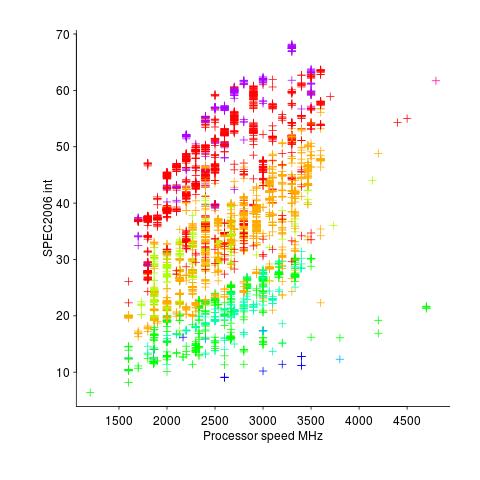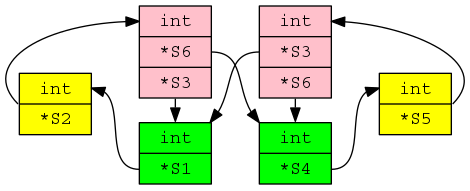Derek Jones from The Shape of Code
Software engineering is one of the skills needed to write software, but outside of student coursework is rarely an end in itself. Software is written to do something and the person writing the code needs to know about the something.
If enough people are involved in something, a job title gets created by inserting the appropriate application domain name before ‘software engineer’, e.g., the something software engineer; systems software engineering was one of the first recorded uses of ‘software engineering’, ’embedded software engineer’ is a common usage and more recently ‘research software engineer’ has been trending.
Customers want the software systems they use to fulfill their needs. Implementing a software system involves figuring out what the needs are, how best to implement them using the available resources and producing usable software; all within a given amount of time and money.
How much software engineering knowledge and skill does a something software engineer need? The obvious answer is: enough to get the something done. Ok, how much is needed to get the something done?
There are so many hours in a day: what percentage of available time is best spent learning about software engineering, what percentage leaning about the something and what percentage doing rather than learning?
The only data I have for answering this question is my own experience of talking to people, from a wide range of business and application areas, whose job includes writing software. My background is compilers (from C to Cobol) and static analysis, my knowledge of end-user application domains is derived from talking to the developers who were using the compilers or static analysis tools I was working on at the time.
I have always been struck by the minimalist knowledge of most developers, when it comes to the programming language they were using. It took a while, but eventually I accepted the obvious: most developers don’t need to know much about the language they are using to get their job done.
By a process that resembles incentivized trial and error, people learn how to write code that does what they want; the compiler does not complain and the output looks ok. For some languages, I used to be able to work out which books a relatively new developer had used to guide their learning, by matching a book’s example code snippets with the code they had written.
This minimalist knowledge approach to programming languages is cost effective because most code is simple and has a short lifetime; the cost of learning lots of language details does not provide enough benefit to be worthwhile.
I am a minimalist language Python developer. Why would I spend time learning more about the semantics of Python than I need to?
What are the benefits of being a language expert? Compiler writers get paid to learn the ins and outs of a language and I know a few people who became language experts without being compiler writers (they got hooked on knowing the language). I have found it useful for keeping my code simple (I am not tempted to write complicate code, or use obscure constructs, in the mistaken belief that they are better than the simple stuff), it is also useful for figuring out other people’s complicated or obscure usage (created intentionally or accidentally).
These benefits are not enough to convince me to learn more about Python, the language. I am content to wait until I need to learn more.
I have occasionally taught advanced programming courses, aimed at developers with a few years experience working in industry. These courses had to include the word ‘advanced’ in their title, otherwise developers with a few years experience would never have signed-up; ‘advanced’ is a necessary marketing signal (others who have run such courses report the same behavior). The course contents were essentially a review of basic material, with lots of examples; most of those attending did not know enough to follow real advanced material. The courses were really about uncovering and correcting bad habits that attendees had picked up over time (often, a technique was discovered to fix a problem and then subsequently adopted for more general use).
What about general software engineering skills? A minimalist knowledge approach to software engineering is cost effective because most code does not exist long enough to make it worthwhile investing in reducing future maintenance costs. Yes, it is more expensive for those that survive to become commonly used, but think of all the savings from not investing in those that did not survive. Software engineering decisions should not be driven by surviorship bias.
The first requirement of any commercial software system is to attract paying customers. In a rapidly changing market, being first with a saleable product can be the difference between life and death. Minimizing software engineering effort saves time and money (in the short term). If the product is a success, there will be money to pay for what needs to be done, if the product fails nobody cares. I have seen a lot of software systems that are a commercial success and a complete software engineering mess; successful, well engineered software is less common (or perhaps they just don’t need me to help them out).
Software engineering mediocrity is not only viable, for most people it’s the outcome of making a cost/benefit decision to invest their learning time in the application domain, not software engineering (or computer language).
Of course, nobody wants to be seen as being mediocre (for some people, mediocre overstates their skill level); their behavior is premium mediocre.
There are a few application areas where software engineering skills are needed, e.g., safety critical software and warehouse scale computing. A few high profile cases are hiding the reality that whatever works is cost effective for most software solutions.






